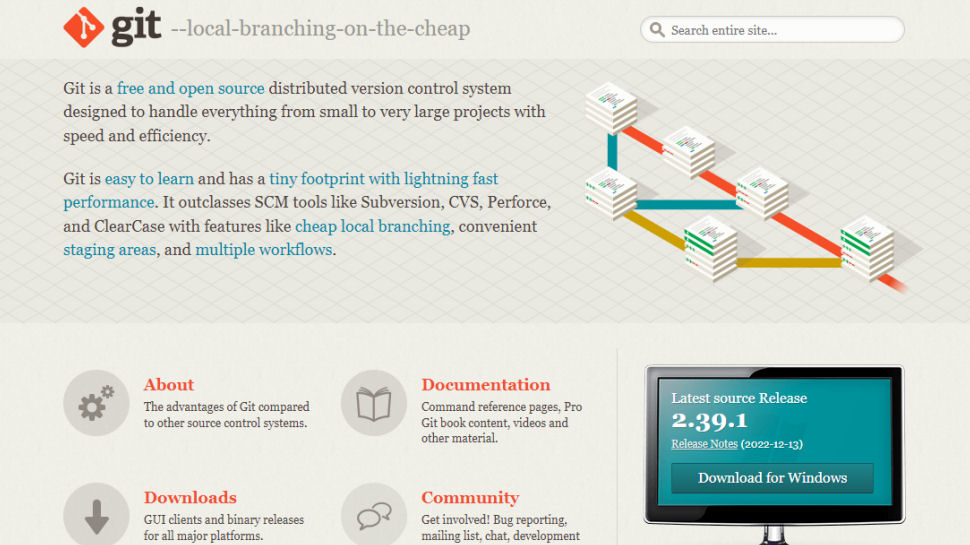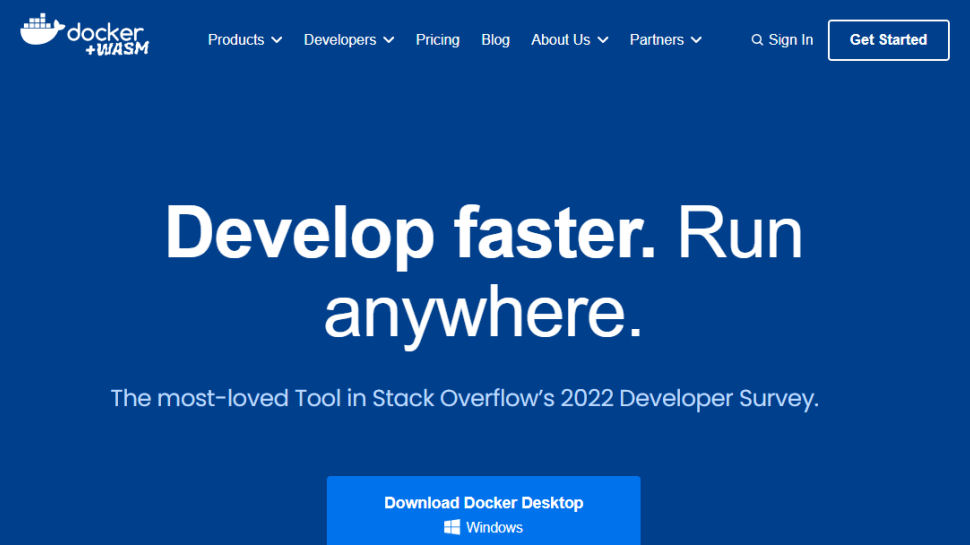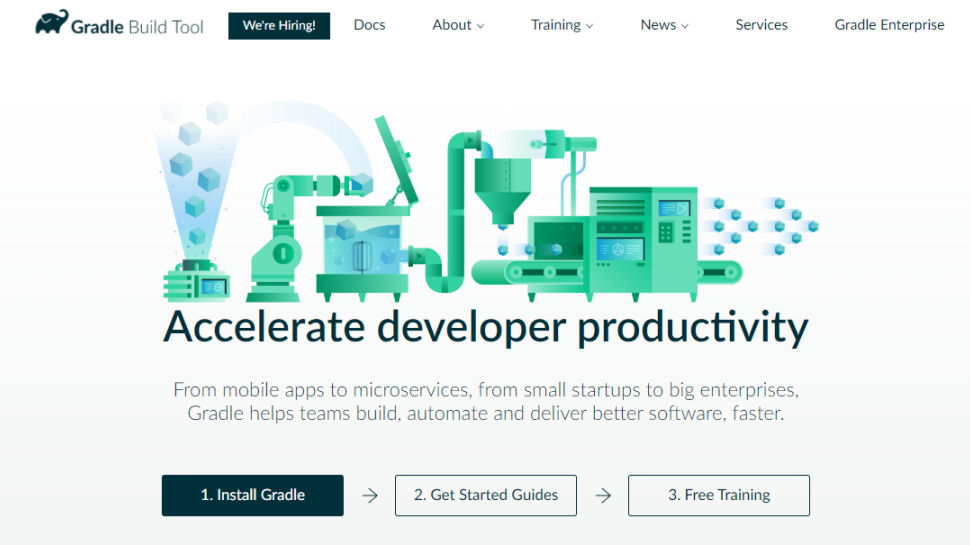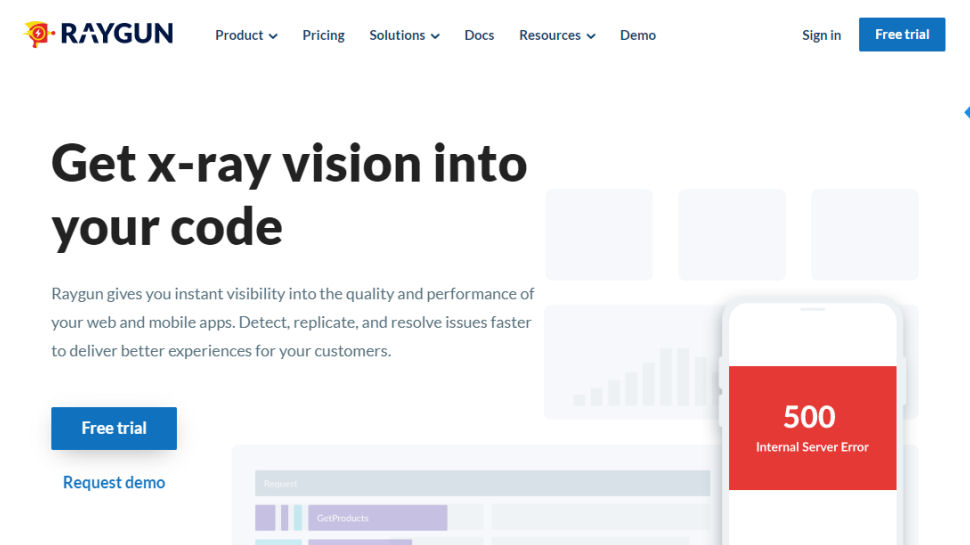Best DevOps tool of 2025
Manage software development and operations together

We list the best DevOps tools, to make it simple and easy to manage application development and general operations from a single platform.
The aim of DevOps is to simplify both IT infrastructure management as and patch management for the rollout and maintenance of business applications. This is because previously both development and operations worked separately, which could cause problems for users, especially by introducing security issues.
While IT security is still considered a separate specialty to DevOps, some companies have implemented a DevSecOps which aims to make internet security and network monitoring management a key part of operations and development as well.
Alongside good project management practices, those working in the DevOps world rely on complex tools that enable a team to contribute code to a common objective.
These enable team members to leave or join without taking with them knowledge that only that hold, and allows these projects to scale workforce as, and when necessary.
Below we list the best DevOps tools currently available.
We've also featured the best SecOps tools.
The best DevOps tools of 2025 in full:
Why you can trust TechRadar
Best DevOps tool overall

1. Git
Reasons to buy
If you ask most software developers to name a tool for handling distributed version control, then they’re most likely to say "Git".
What has helped made Git the major force in software development it has become is that it is both free and open source. But what keeps it relevant is ongoing development and an excellent feature set for code management.
What Git excels at is managing a software development scenario where the project might be required to branch in multiple directions, allowing for independent code that can be merged and deleted without impacting on the common code base.
The beauty of this solution is that you can branch code, develop new functionality and then realize that you need to adapt the inherited foundations, make those changes and merge those into the branch.
Once you’ve completed a feature on that branch, it can be merged with the common code, for use across the project. Or, it can be restricted until other related features are ready to share.
This approach encourages disposable code experimentation and allows changes to be made at all levels without, hopefully, upsetting others working on the project.
Best DevOps tool for easy install

2. Docker
Reasons to buy
Reasons to avoid
Software tools often rely on a custom installation routine to be placed on to a computer that handles the placement of files and folders, and the wiring of the functionality into the operating system.
This approach is prone to problems, as operating systems change over time, and what any version might contain isn’t guaranteed.
Docker resolves the installation conundrum by packaging an application along with its code, runtime, system tools, system libraries and settings. Docker images are executed by the open-source Docket Engine on the OS, and link to the computers OS system kernel.
This model allows the code inside to be fully isolated from other docker containers running on the same hardware, making them both secure and protected from malware attacks.
In many respects, Docker has similarities to the virtual installs offered by Hypervisors, but as all Docket containers can reuse the same OS, it is inherently more efficient.
The Docket technology works so well that containers are now supported on Linux, Windows and in the Cloud. And, Docker shared applications can be developed on Windows PC and the Apple Mac.
Overall, Docker has become one of the go-to technologies for those that need transportable applications.
Docker has a free version ideal for personal use or small businesses, but also offers paid versions if you want extras such as unlimited private repositories, added image pulls per day and concurrent builds. The starting Pro package is priced at $5 / £4 / AU$7.50 per month when paid annually.
Best DevOps tool for power

3. Puppet
Reasons to buy
Reasons to avoid
On one level Puppet is about server management. But that description demeans what is a very powerful tool to use in any DevOps controlled environment.
What Puppet can do is provide a global perspective on infrastructure, identifying what hardware is running what services and containers, and highlighting those that are potentially vulnerable.
But it is also compliance aware and can make sure that servers are protected in the ways they need to be and generating reports to confirm that patches have been applied and upgrades executed.
And, if the developers are familiar with YAML, Puppet provides a mechanism to deploy applications to multiple cloud-native targets from a source-controlled repository.
For the Enterprise, getting proper vision of the state of computing infrastructure and mission-critical applications is important. The quality of that information will directly impact key business decisions while maintaining security or compliance initiatives.
Puppet sweeps away manual interventions and crisis management methods and replaces it with automated processes that enforce consistency and security.
To get a quote you need to contact Puppet's sales department.
Best DevOps tool for efficiency

4. Gradle Build Tool
Reasons to buy
Reasons to avoid
The objectives of Gradle are ambitious; to help build any code quicker, automate delivery end-to-end, and deliver it faster to those that need it.
To achieve those lofty goals, Gradle provides a means to declare all the tasks needed for a complex build and then execute them.
Those who are only developing for a single platform on one project might not find Gradle helpful, but those working on multi-platform, multi-language and multi-channel solutions will almost certainly will.
In a single click, code can be compiled, tested, packaged and then shipped without handcrafting scripts or entering command-line instructions.
The only drawbacks to having such a powerful build tool are that overheads can slow the building process and hold back ongoing development if they’re on the same workstation.
Performance can be enhanced if you run higher performance networks to the code repository and use a second machine for the build process if needed.
Amazingly, Gradle is free to developers. But, if you want to enhance performance and reliability, a paid Enterprise Gradle is available for a quoted cost.
As with many open-source projects, Gradle has great community support, and many community-created plugins are available to use with it.
Best DevOps tool for bug fixing

5. Raygun
Reasons to buy
Reasons to avoid
Bug hunting is the bane of all software developers because mistakes get made and eventually, many will need fixing.
Raygun is a cloud-based tool designed to monitor networks and track bugs, and then deliver a workflow to resolve issues it identifies.
It’s best to think of it like those people that control the emergency services, that direct the crews to the location of a crash or fire and provide all the information needed by those attending.
But it also has the tools to monitor an application, those clients using it and analyze the interaction between them to provide insight into what triggers an error or failure.
Being able to access diagnostic information and workflow tools helps DevOps identify, reproduce and resolve problems smartly and efficiently.
These processes are especially relevant to software development teams that deploy major updates regularly and need to know that the new release is working properly for the point-of-sales staff or other mission-critical purposes.
Raygun pricing is based on the number of error events or user sessions processed and is available either on a monthly or yearly subscription basis. The bottom tier handles Crash Reporting at $40 / £35 / AU$60 per 100,00 errors per month.
Enterprise customers can also install Raygun locally, rather than use the Cloud.
We've also listed the best mobile app development software.
Best DevOps tool FAQs
Which DevOps tool is best for you?
When deciding which DevOps tools to download and use, first consider what your actual needs are, as budget software may only provide basic options, so if you need to use advanced tools you may find a more expensive platform is much more worthwhile. Additionally, higher-end software can usually cater for every need, so do ensure you have a good idea of which features you think you may require from your DevOps tools.
How we tested the best DevOps tool
To test for the best DevOps tools we first set up an account with the relevant software platform, then we tested the service to see how the software could be used for different purposes and in different situations. The aim was to push each DevOps platform to see how useful its basic tools were and also how easy it was to get to grips with any more advanced tools.
Read more on how we test, rate, and review products on TechRadar.
Get in touch
- Want to find out about commercial or marketing opportunities? Click here
- Out of date info, errors, complaints or broken links? Give us a nudge
- Got a suggestion for a product or service provider? Message us directly
- You've reached the end of the page. Jump back up to the top ^
Are you a pro? Subscribe to our newsletter
Sign up to the TechRadar Pro newsletter to get all the top news, opinion, features and guidance your business needs to succeed!
Mark is an expert on 3D printers, drones and phones. He also covers storage, including SSDs, NAS drives and portable hard drives. He started writing in 1986 and has contributed to MicroMart, PC Format, 3D World, among others.
